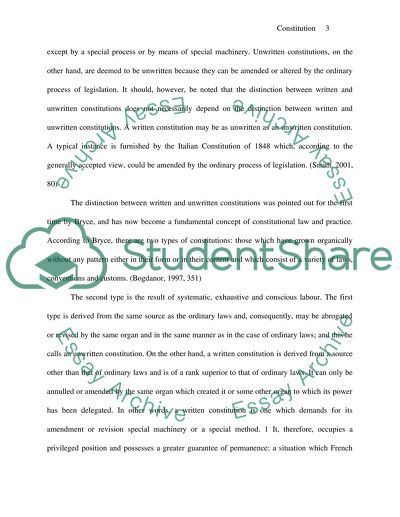Cite this document
(“Written and Unwritten Constitution Essay Example | Topics and Well Written Essays - 1750 words”, n.d.)
Retrieved from https://studentshare.org/politics/1532260-written-and-unwritten-constitution
Retrieved from https://studentshare.org/politics/1532260-written-and-unwritten-constitution
(Written and Unwritten Constitution Essay Example | Topics and Well Written Essays - 1750 Words)
https://studentshare.org/politics/1532260-written-and-unwritten-constitution.
https://studentshare.org/politics/1532260-written-and-unwritten-constitution.
“Written and Unwritten Constitution Essay Example | Topics and Well Written Essays - 1750 Words”, n.d. https://studentshare.org/politics/1532260-written-and-unwritten-constitution.


